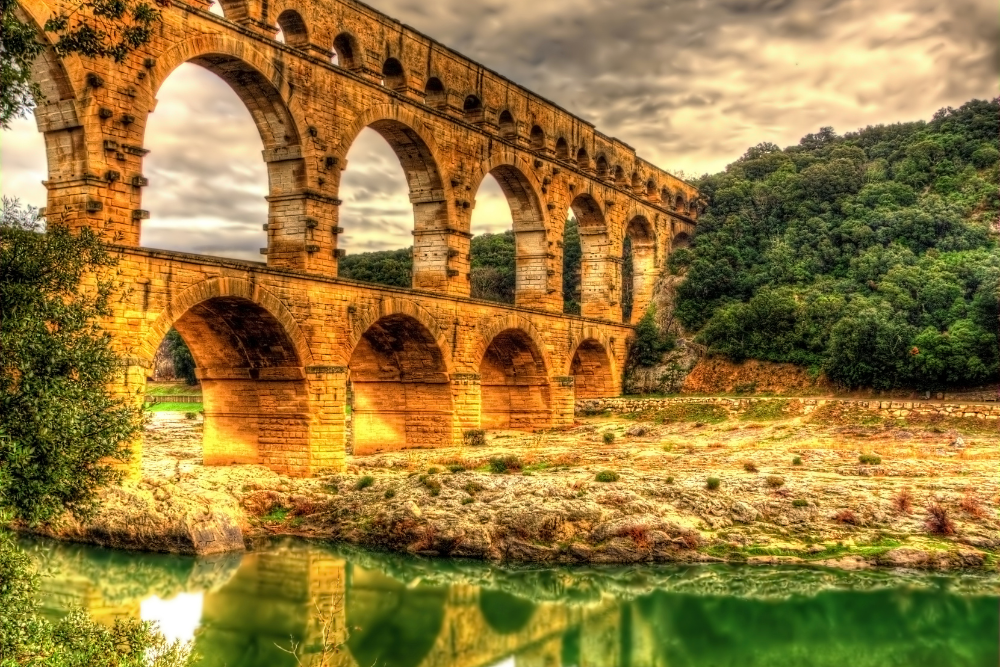France is a country renowned for its medieval architecture, Renaissance art, and vibrant cultural heritage, but it also holds a rich history from the ancient Roman era. With vast areas once part of the Roman Empire, France is home to numerous well-preserved Roman sites that offer visitors a glimpse into the splendor and grandeur of Roman life. From grand amphitheaters to ancient aqueducts and baths, these sites are scattered across the country, each telling its own unique story of Roman influence on Gaul. Here’s a guide to some of the best-preserved Roman sites in France, perfect for history buffs and travelers looking to step back in time.
1. The Arena of Nîmes – A Monumental Amphitheater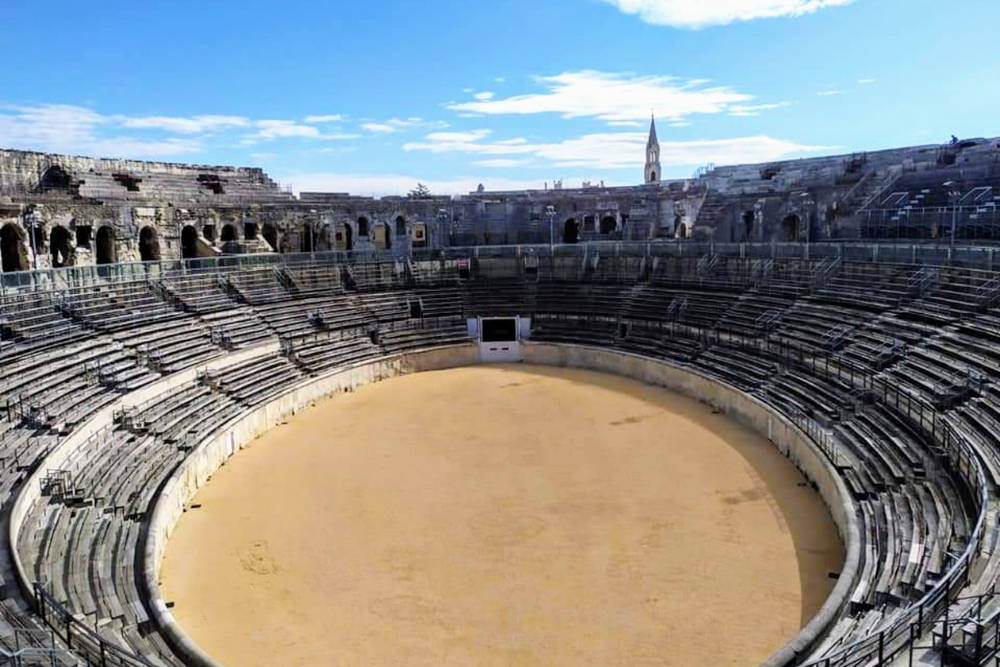
Located in the heart of Nîmes, a city in the Provence region, the Arena of Nîmes is one of the best-preserved Roman amphitheaters in the world. Built around 70 AD, the arena could hold up to 24,000 spectators and was originally used for gladiatorial contests and public spectacles, including animal hunts, executions, and mock naval battles. The structure is a remarkable feat of Roman engineering, with its exterior featuring well-preserved arcades and a series of arches.
What to See:
- The Arena’s Interior: You can tour the inside of the arena and explore the underground chambers that once housed gladiators and animals before they were released into the arena.
- Modern Events: Today, the Arena of Nîmes is still in use, hosting concerts, bullfights, and live performances.
- Roman Sculptures: Inside, visitors can also see exhibits showcasing Roman artifacts, such as sculptures and pottery.
Tip: Visit during the summer for the Festival de Nîmes, a series of music concerts and performances held within the arena, offering a fantastic experience of ancient surroundings paired with modern entertainment.
2. Pont du Gard – The Ancient Roman Aqueduct
The Pont du Gard is one of the most impressive Roman engineering feats in existence, located near Nîmes. This ancient aqueduct bridge was built in the 1st century AD to carry water from the Eure River to the Roman city of Nîmes. With its three tiers of arches and standing over 49 meters tall, the Pont du Gard is both a remarkable feat of engineering and a stunning piece of ancient architecture.
What to See:
- The Aqueduct: Visitors can walk along the bridge and admire its grandeur, as well as the surrounding views of the river and the natural landscape.
- The Museum: The Pont du Gard Museum offers insights into the history and construction of the aqueduct, along with interactive exhibits about Roman water systems.
- The Riverbank: You can also explore the riverbank below the aqueduct, where it’s possible to swim or take a boat ride in the shadow of the bridge.
Tip: For the best views and a sense of the aqueduct’s scale, walk along the ancient Roman path that runs parallel to the structure.
3. The Theatre of Orange – A Grand Roman Theater
In the small town of Orange, located in the Vaucluse region of southern France, the Theatre of Orange stands as one of the most significant Roman theaters in existence. Built in the 1st century AD under Emperor Augustus, the theater could seat up to 10,000 spectators and was used for various performances, including musical concerts, drama, and even political events.
What to See:
- The Stage Wall: One of the most striking features of the theater is its high, well-preserved stage wall. It measures over 100 meters in length and rises to a height of 37 meters, making it the tallest Roman stage wall in the world.
- The Acoustic Design: The theater’s excellent acoustics are still in use today, with performances held during the annual Chorégies d’Orange festival.
- The Museum: The museum located next to the theater showcases Roman sculptures, reliefs, and artifacts from the region.
Tip: Visit during the summer festival to experience a concert or opera performance in the theater, where the acoustics are nothing short of spectacular.
4. Avenches – The Roman Capital of Switzerland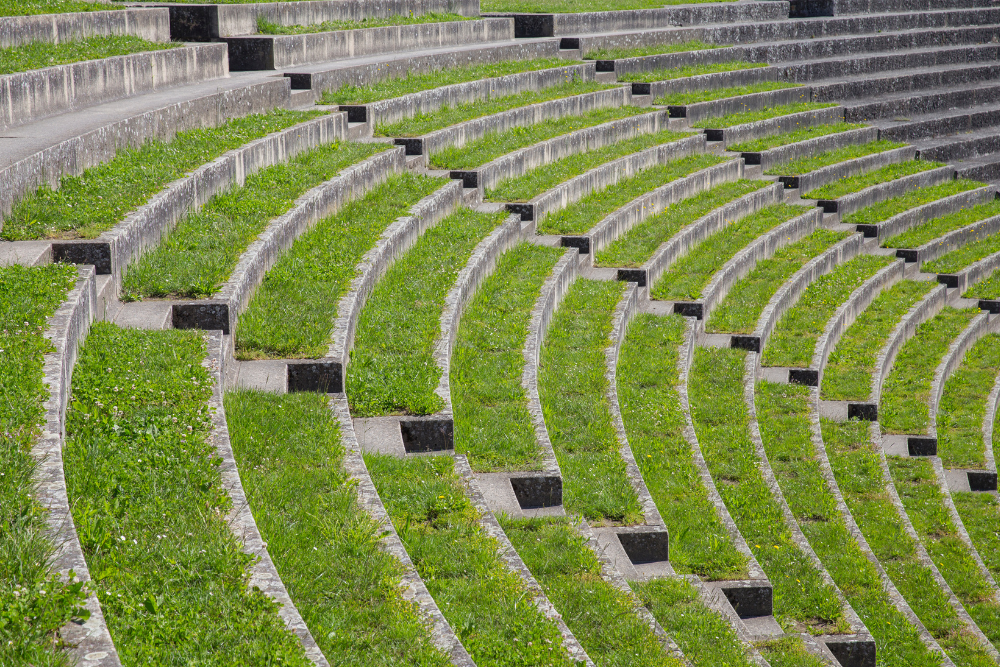
Although it’s technically in Switzerland, Avenches (formerly known as Augusta Raurica) was once a major Roman city and an important hub for the Roman Empire. The remains of this ancient city are located in the canton of Vaud, just a short distance from the French border, making it a fantastic day trip from France.
What to See:
- The Roman Theater: The Roman Theater of Avenches is one of the most notable ruins in the city, capable of seating 10,000 spectators. Visitors can still see the remnants of the seating area and stage.
- The Temple of Jupiter: Another remarkable ruin is the Temple of Jupiter, which once stood as a grand religious building in the city.
- The Archaeological Museum: The museum houses artifacts from Augusta Raurica, including sculptures, coins, and tools used by the Romans.
Tip: Take a walk through the archaeological park to explore the extensive ruins, including Roman baths, a basilica, and city walls.
5. The Roman Baths in Aix-en-Provence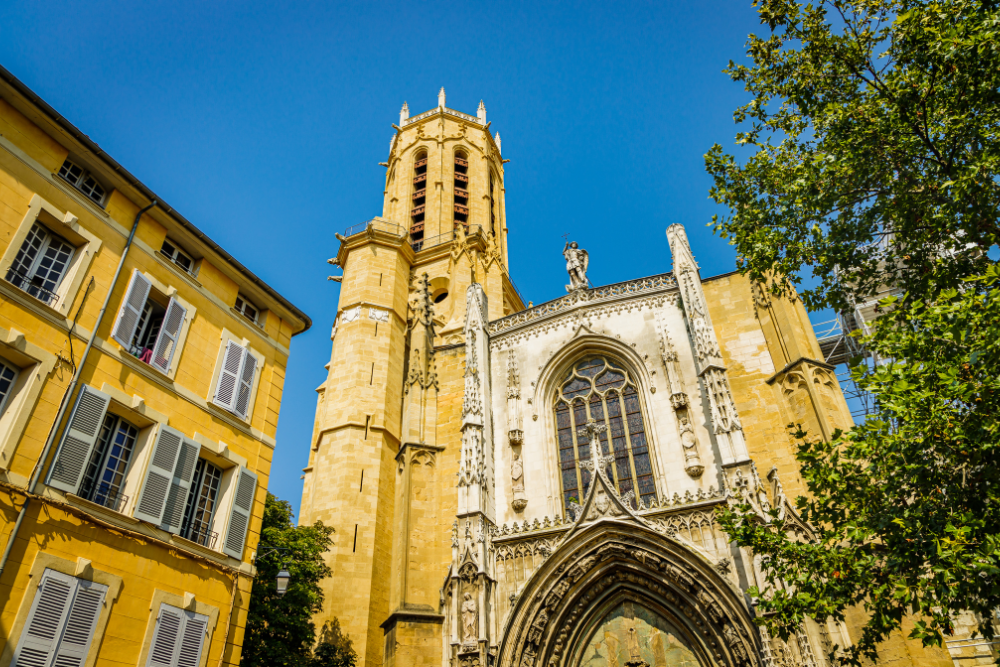
Aix-en-Provence, a charming city in the Provence-Alpes-Côte d’Azur region, was once a Roman spa town known as Aquae Sextiae. The city is home to well-preserved Roman baths that provide a fascinating insight into the ancient Roman way of life and their love for leisure and relaxation.
What to See:
- The Roman Baths: The Thermes d’Aix (Roman Baths) are located near the Place des Prêcheurs. The ruins include part of the bathing complex, with remnants of the hot, warm, and cold rooms.
- The Museum of Antiquities: The nearby Musée des Antiques houses a collection of Roman artifacts from the region, including sculptures, mosaics, and everyday objects used in the baths.
- The Roman Aqueduct: Aix-en-Provence also has traces of a Roman aqueduct, which once supplied water to the baths and the city.
Tip: Visit the Musée Granet, a short walk from the Roman baths, to explore a broader collection of ancient Roman artifacts and fine art.
6. The Roman Forum in Nîmes – An Ancient Center of Life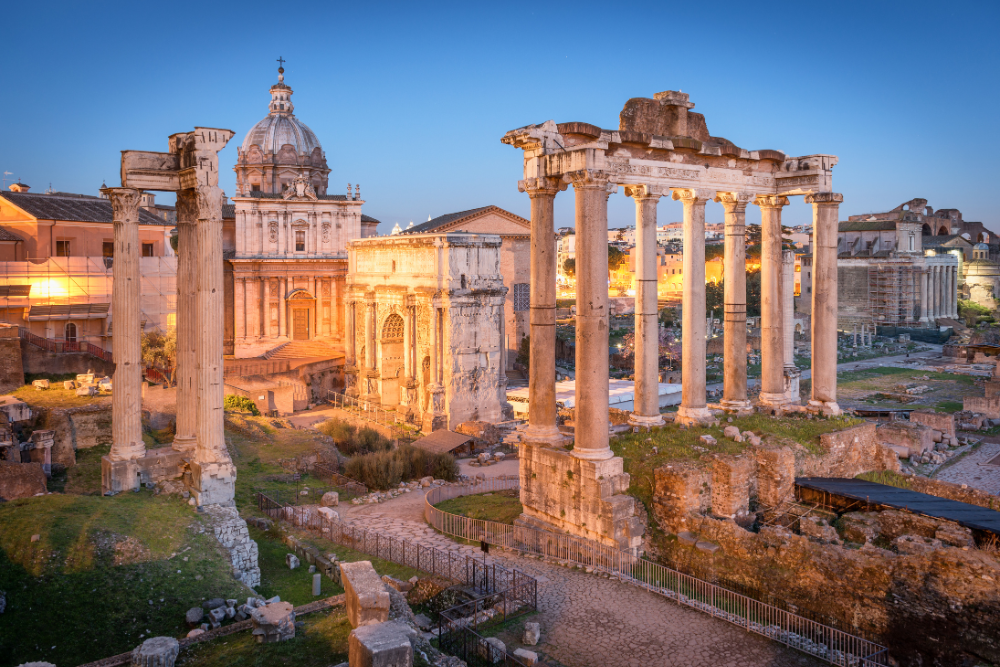
In addition to the Arena, Nîmes is also home to the remains of a significant Roman forum, which was the civic heart of the city during Roman times. The forum served as a marketplace, meeting area, and center of governance.
What to See:
- The Remains of the Forum: The remains of the Roman forum are scattered throughout the city, including the Maison Carrée, a remarkably well-preserved Roman temple that once stood in the center of the forum.
- The Maison Carrée: This temple, dedicated to the Sons of Emperor Augustus, is one of the best-preserved Roman temples in the world and a stunning example of Roman architecture.
- The Temple of Diana: A short walk from the Maison Carrée, you can find the Temple of Diana, which features remnants of its walls and columns.
Tip: Take a guided walking tour of Nîmes to learn more about the city’s Roman history and how it developed during the Empire.
7. Glanum – A Roman Town Near Saint-Rémy-de-Provence
Located near the town of Saint-Rémy-de-Provence, the ancient Roman city of Glanum offers an incredible glimpse into Roman life. Founded around 27 BC, Glanum flourished as a prosperous Roman settlement before being abandoned in the 5th century.
What to See:
- The City’s Ruins: Explore the ruins of the city’s walls, houses, temples, and streets. The Glanum Archaeological Site features well-preserved structures, including an ancient triumphal arch and a Roman mausoleum.
- The Sacred Spring: One of the most notable features is the Sacred Spring, a Roman religious site dedicated to the gods.
- The Archaeological Museum: Located nearby, the museum showcases artifacts discovered at Glanum, offering insights into daily Roman life.
Tip: Visit Saint-Rémy-de-Provence as well for its beautiful historic center, charming streets, and nearby Van Gogh Museum.
Conclusion
France is a treasure trove of ancient Roman history, with many of its best-preserved sites offering fascinating insights into the lives of the Romans who once inhabited this land. Whether you’re exploring the monumental Pont du Gard, admiring the architecture of Nîmes, or wandering through the ruins of Glanum, these Roman sites offer a chance to experience the grandeur and everyday life of the Roman Empire. For history lovers and those seeking to step back in time, these sites are not to be missed during your visit to France.



